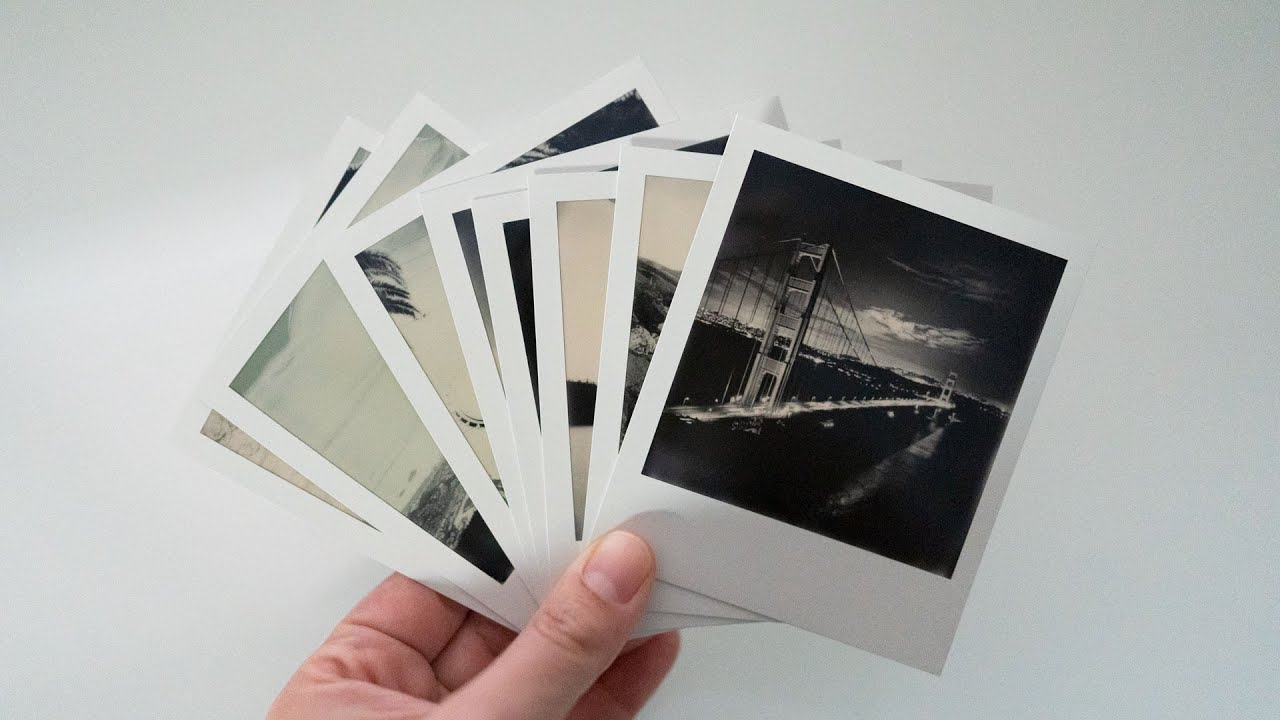

Articles
How To Store Polaroid Film
Modified: February 24, 2024
Learn the best way to store Polaroid film with these helpful articles. Keep your precious memories safe for years to come.
(Many of the links in this article redirect to a specific reviewed product. Your purchase of these products through affiliate links helps to generate commission for Storables.com, at no extra cost. Learn more)
Introduction
Welcome to the world of Polaroid photography! The iconic Polaroid film has been capturing memories for decades, delivering instant gratification with its unique and vintage appeal. But as any film enthusiast knows, proper storage is essential to preserve the quality and longevity of this beloved medium.
In this article, we will explore the best practices for storing Polaroid film to ensure optimal results and extend its shelf life. We’ll cover everything from choosing the right storage location to handling unopened and opened film packs, as well as protecting your precious Polaroid prints. So, let’s dive in and discover how to store Polaroid film effectively!
Key Takeaways:
- Preserve your Polaroid film by storing it in a cool, dark, and dry location, away from direct sunlight and extreme temperatures. Use dedicated film storage containers and handle unopened and opened film packs with care to maintain their freshness and quality.
- Protect your Polaroid prints by handling them with clean hands, storing them in archival sleeves or albums, and avoiding direct sunlight and extreme temperatures. Make digital backups to safeguard your cherished memories for years to come.
Read more: How To Store Polaroids
Understanding Polaroid Film
Before we jump into the details of storing Polaroid film, it’s important to have a basic understanding of the film itself. Polaroid film consists of several layers that work together to produce instant photos. The film consists of a light-sensitive emulsion layer, which captures the image upon exposure, and a chemical development layer that processes the image and stabilizes it.
Unlike traditional film, which requires processing in a darkroom or through a lab, Polaroid film has its own built-in development process. The film pack contains small chemical pods that are activated upon ejection from the camera, spreading the chemicals across the image and creating a visible photograph.
It’s crucial to handle Polaroid film with care to ensure proper development and long-term preservation. The film is sensitive to light, heat, and moisture, which can degrade its quality over time. Therefore, following correct storage practices is essential to maintain the integrity of the film and achieve the best possible results.
Choosing the Right Storage Location
When it comes to storing Polaroid film, the first step is selecting an appropriate storage location. Ideally, you should choose a cool, dry, and dark place to keep the film, as these conditions help prevent damage and degradation.
Avoid areas that are exposed to direct sunlight, as prolonged exposure to light can cause the film to fade or discolor. Additionally, fluctuations in temperature and humidity can negatively affect the film’s performance and longevity. It’s best to store Polaroid film in an environment with a consistent temperature, preferably between 55°F and 70°F (13°C and 21°C), and a relative humidity of around 50%.
If possible, consider keeping your film in a dedicated film storage container or box to provide an extra layer of protection. Look for containers that are acid-free, moisture-resistant, and light-tight for optimal preservation.
Remember to keep your film away from any sources of heat, such as radiators, appliances, or direct sunlight. It’s also essential to store the film away from areas prone to high humidity, such as basements or bathrooms.
By selecting the right storage location, you can significantly prolong the lifespan of your Polaroid film and ensure that it remains in optimal condition for future use.
Temperature and Humidity Control
Controlling the temperature and humidity levels is crucial when it comes to storing Polaroid film. Extreme fluctuations in these factors can lead to damage and degradation of the film, affecting its quality and performance.
First and foremost, it is important to store Polaroid film in a cool environment. High temperatures can cause the chemicals within the film to deteriorate, resulting in poor image quality and color shifts. On the other hand, extremely low temperatures can make the film more brittle and prone to damage.
Maintaining a consistent temperature within the recommended range of 55°F to 70°F (13°C to 21°C) is ideal for Polaroid film storage. This can be achieved by storing the film in a temperature-controlled room, away from any heat sources or drafts.
In addition to temperature, controlling humidity is also essential. High humidity can lead to moisture entering the film packs, which can affect the chemicals and result in image distortion or mold growth. On the other hand, extremely low humidity can cause the film to become brittle and prone to cracking.
Aim for a relative humidity level of around 50%, as this provides a balanced environment for the film. You can use a hygrometer to monitor the humidity levels in the storage area. If the humidity is too high, consider using a dehumidifier or placing desiccant packets in the storage container to absorb excess moisture.
By controlling the temperature and humidity levels in the storage area, you can ensure that your Polaroid film remains in optimal condition, preserving its quality and extending its shelf life.
Handling and Storing Unopened Film Packs
Proper handling and storage of unopened Polaroid film packs are crucial to maintain their freshness and quality. Follow these guidelines to ensure your unopened film packs are stored correctly:
- Keep film packs in their original packaging: The original packaging is designed to protect the film from light, moisture, and temperature fluctuations. It is best to keep the film packs in their sealed packaging until they are ready for use.
- Avoid exposing film packs to extreme temperatures: Keep unopened film packs in a cool environment within the recommended temperature range of 55°F to 70°F (13°C to 21°C). Do not leave them in a car, near a heater, or any other place that experiences extreme temperatures.
- Store film packs upright: It is recommended to store film packs in an upright position, as this helps prevent any potential damage to the chemicals or development process. Make sure they are not stacked or placed under heavy objects that could cause pressure on the film packs.
- Label and date the film packs: To ensure proper rotation and usage, label the film packs with the date of purchase or expiration. This will help you keep track of which packs need to be used first.
- Consider using a dedicated film storage container: To provide additional protection, consider transferring your unopened film packs to a dedicated film storage container. Ensure the container is light-tight, moisture-resistant, and provides cushioning to prevent any damage during handling or transportation.
By following these guidelines, you can ensure that your unopened Polaroid film packs are stored properly, maintaining their freshness, and maximizing their potential for producing high-quality instant photos.
Store Polaroid film in a cool, dry place, away from direct sunlight and extreme temperatures. Keep the film in its original packaging or in a sealed, airtight container to protect it from moisture and light.
Read more: How To Store Film
Storing Opened Film Packs
Once you’ve opened a film pack and started using it, proper storage becomes even more critical to maintain the quality of the remaining shots. Here are some essential tips for storing opened Polaroid film packs:
- Seal the film pack: After removing a sheet of film, make sure to seal the pack tightly to prevent light and moisture from entering. Some film packs have a resealable cover, while others may require the use of a clip or a rubber band to keep them closed securely.
- Store in a light-tight container: Exposing the opened film pack to light can cause unexposed sheets to degrade and become unusable. To protect the film from light, store the opened pack in a light-tight container or a film changing bag.
- Keep the film pack cool: As with unopened film packs, it’s important to store opened packs in a cool environment within the recommended temperature range. Avoid exposing them to extreme temperatures, as this can affect the quality of the remaining film.
- Use the film in a timely manner: Once a film pack is opened, the remaining sheets are exposed to air and can deteriorate over time. Aim to use the opened pack within a few months to ensure the best results.
- Label and track the number of shots: It’s helpful to label the film pack with the number of shots taken so far. This will help keep track of how many exposures are remaining and avoid confusion later on.
Storing opened film packs properly ensures that the remaining shots maintain their quality and produce excellent results. By following these guidelines, you can maximize the potential of your Polaroid film and capture your memories with confidence.
Protecting Polaroid Prints
Preserving and protecting your Polaroid prints is just as important as storing the film itself. By taking proper care of your prints, you can ensure that they remain in excellent condition for years to come. Here are some tips to help you protect your Polaroid prints:
- Handle prints with clean hands: Before touching your prints, make sure your hands are clean and dry to avoid transferring oils, dirt, or moisture onto the surface.
- Store prints in archival sleeves or albums: To protect your prints from dust, UV light, and other environmental factors, consider storing them in archival sleeves or acid-free albums. These materials are specially designed to prevent deterioration and discoloration over time.
- Avoid displaying prints in direct sunlight: Prolonged exposure to direct sunlight can cause Polaroid prints to fade or discolor. Display them in areas away from windows or use UV-filtering glass or frames for added protection.
- Keep prints away from extreme temperatures and humidity: Fluctuations in temperature and humidity can cause prints to warp, curl, or stick together. Avoid storing prints in basements, attics, or areas with high humidity levels.
- Handle prints with care: When handling prints, use clean hands and support them from the edges to avoid bending or creasing. Avoid placing heavy objects on top of them to prevent damage.
- Make duplicates or scans of your prints: Creating digital backups or making duplicates of your Polaroid prints is a great way to ensure that you have a copy in case of loss or damage. This also allows you to share and preserve your memories digitally.
By following these protective measures, you can safeguard your Polaroid prints and enjoy them for many years to come. Remember, proper storage and handling play a crucial role in maintaining the quality and longevity of your cherished memories.
Frequently Asked Questions
1. How long can Polaroid film last?
Polaroid film has a recommended shelf life of around 12-24 months when stored correctly. However, under ideal conditions, the film can remain usable for several years beyond its expiration date. It’s important to note that the quality and performance of the film may deteriorate over time, resulting in changes in color and image quality.
2. Can I store Polaroid film in the refrigerator or freezer?
While it’s common to store other types of film in the refrigerator or freezer, it is generally not recommended for Polaroid film. The cold and fluctuating temperatures can negatively affect the chemistry of the film and compromise its performance. It’s best to store Polaroid film in a cool, dry place, away from direct sunlight and extreme temperatures.
3. Can I use expired Polaroid film?
Expired Polaroid film can still be used, but there is a higher chance of encountering issues such as color shifts and reduced image quality. You may also experience increased instances of failed exposures or uneven development. If you choose to use expired film, it’s recommended to test a few shots first to assess its performance before capturing important moments.
4. Can I reuse Polaroid film?
No, Polaroid film cannot be reused. Once a sheet of film is exposed and developed, the chemicals are depleted, and the film is no longer usable. Each sheet of film is designed for a one-time use only.
5. What should I do if my Polaroid prints start to fade or discolor?
If your Polaroid prints start to fade or discolor, there is unfortunately no way to reverse the damage. However, you can take preventive measures by storing your prints in archival materials and avoiding direct sunlight and extreme environmental conditions.
6. Can I store Polaroid film near magnetic objects?
No, it is not recommended to store Polaroid film near magnetic objects, as strong magnetic fields can interfere with the chemicals in the film and potentially damage or degrade the image quality.
Remember, proper storage and handling are key to maintaining the quality and longevity of your Polaroid film. If you have any specific concerns or questions, it’s always best to refer to the manufacturer’s guidelines or seek advice from experienced photographers.
Conclusion
Proper storage of Polaroid film is essential to maintain its quality and prolong its shelf life. By following the tips and guidelines outlined in this article, you can ensure that your film remains in optimal condition, ready to capture beautiful and instant memories.
Remember to choose a suitable storage location that is cool, dry, and dark, and keep the film away from direct sunlight, extreme temperatures, and high humidity. Use a dedicated film storage container to provide an extra layer of protection.
Handle and store unopened film packs with care, keeping them sealed and labeled to maintain their freshness. For opened film packs, ensure they are sealed securely in a light-tight container and use the remaining shots within a reasonable timeframe.
In addition to proper storage practices, it’s crucial to protect your Polaroid prints by handling them with clean hands, using archival sleeves or albums for storage, and avoiding prolonged exposure to direct sunlight, extreme temperatures, and high humidity.
By taking these steps, you can not only preserve the quality of your Polaroid film but also protect and cherish the unique and nostalgic memories captured on each instant photograph.
Remember, the magic of Polaroid photography lies in the ability to hold a physical print in your hands moments after capturing it. So, let your creativity flourish, explore the whimsical world of Polaroid, and enjoy the timeless joy of instant photography!
Frequently Asked Questions about How To Store Polaroid Film
Was this page helpful?
At Storables.com, we guarantee accurate and reliable information. Our content, validated by Expert Board Contributors, is crafted following stringent Editorial Policies. We're committed to providing you with well-researched, expert-backed insights for all your informational needs.

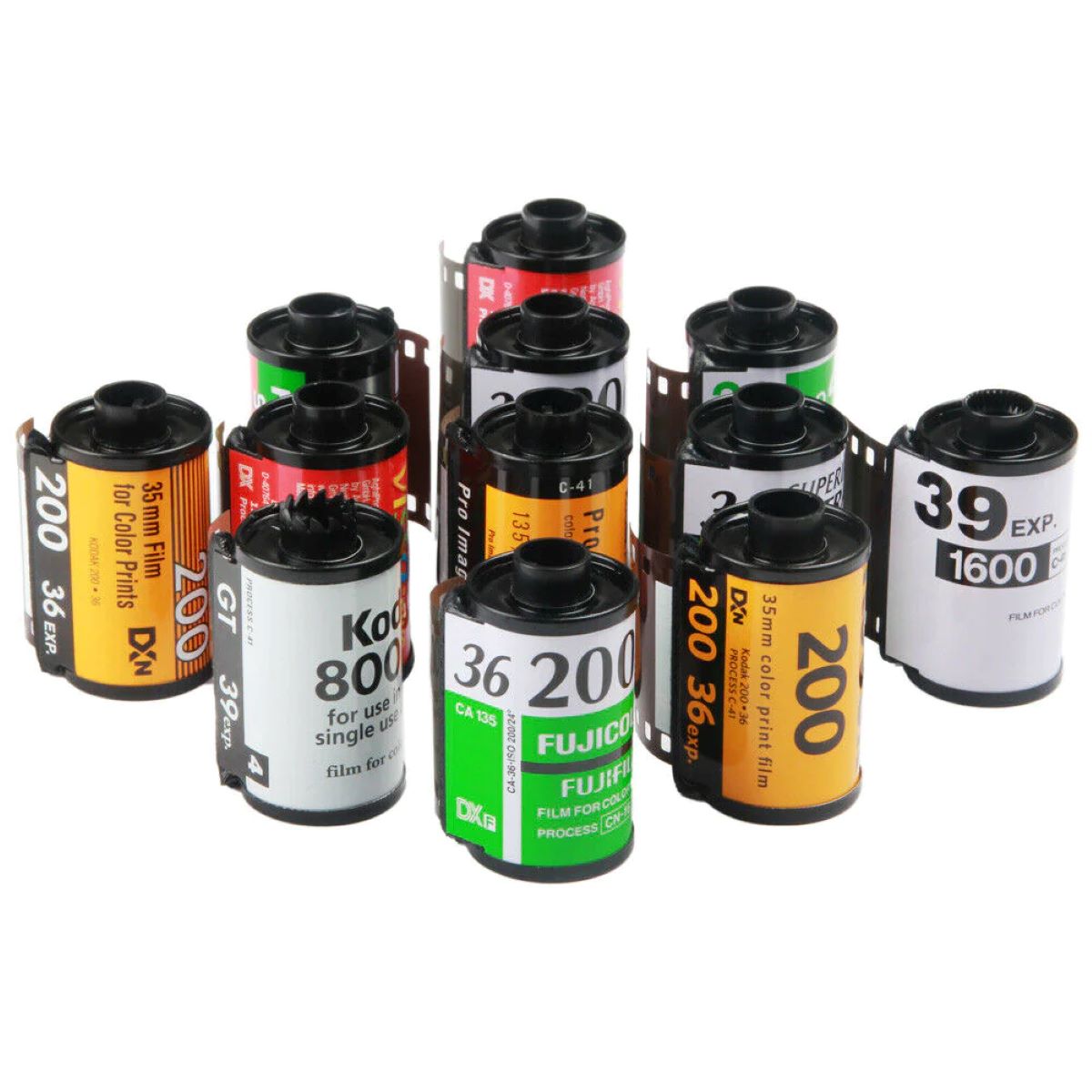




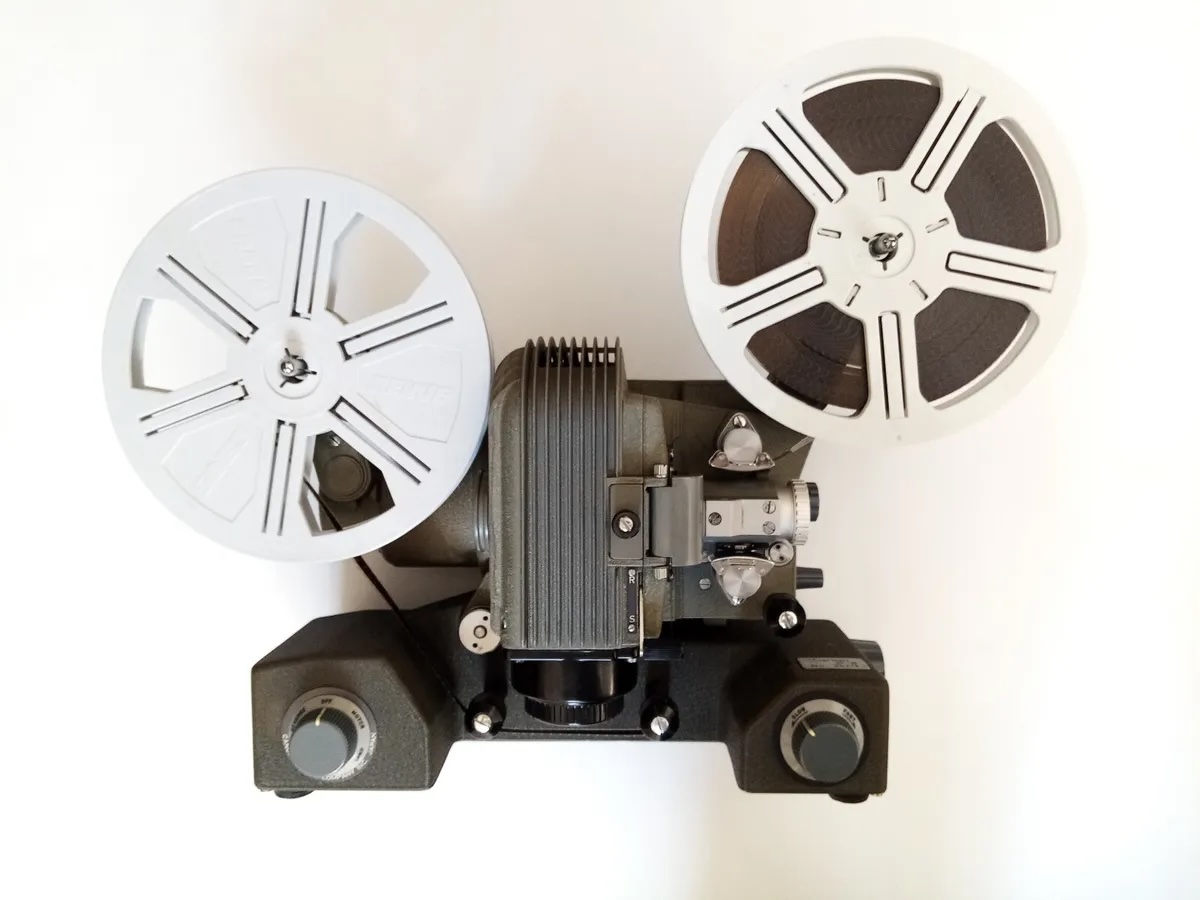
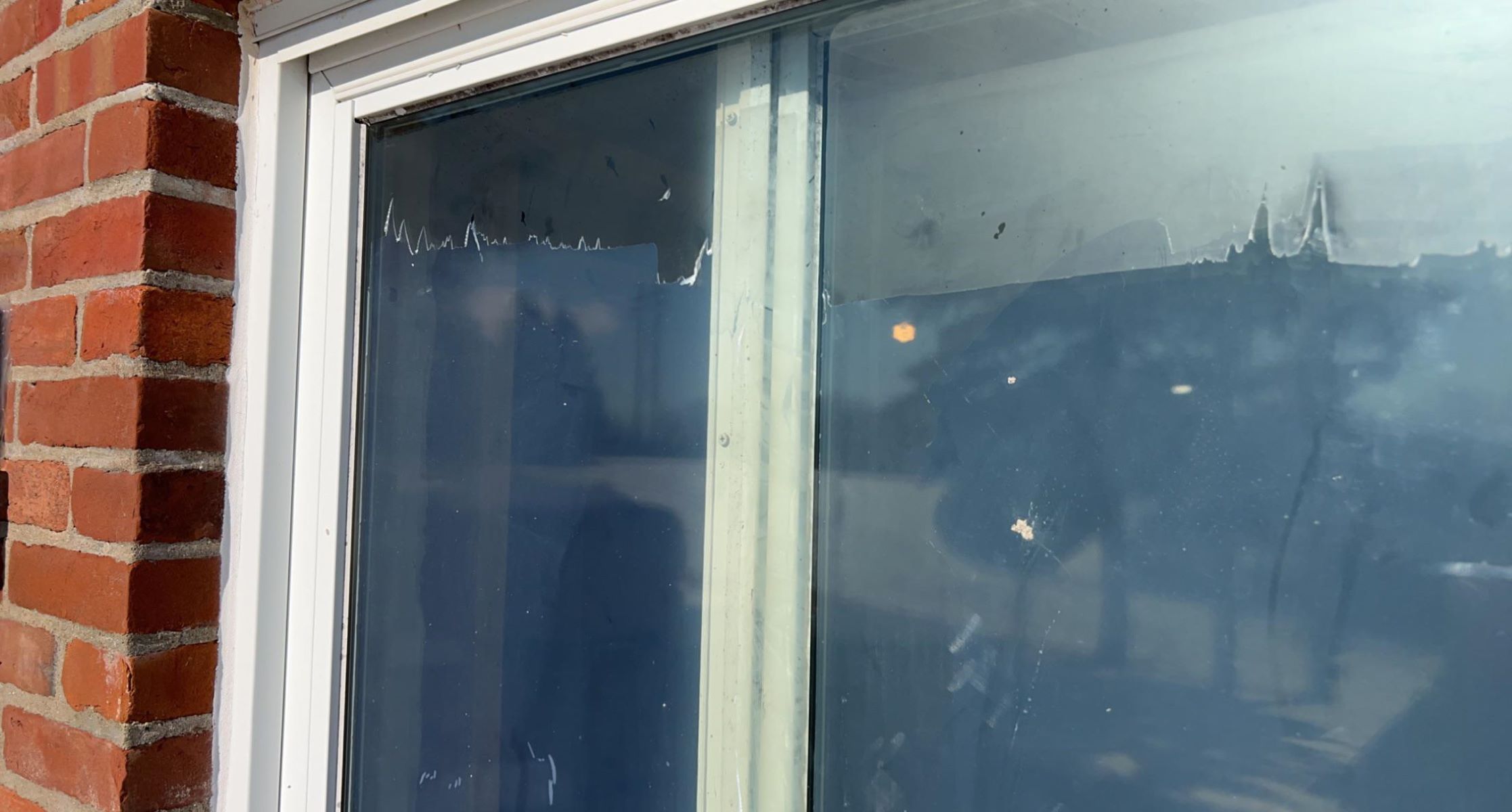



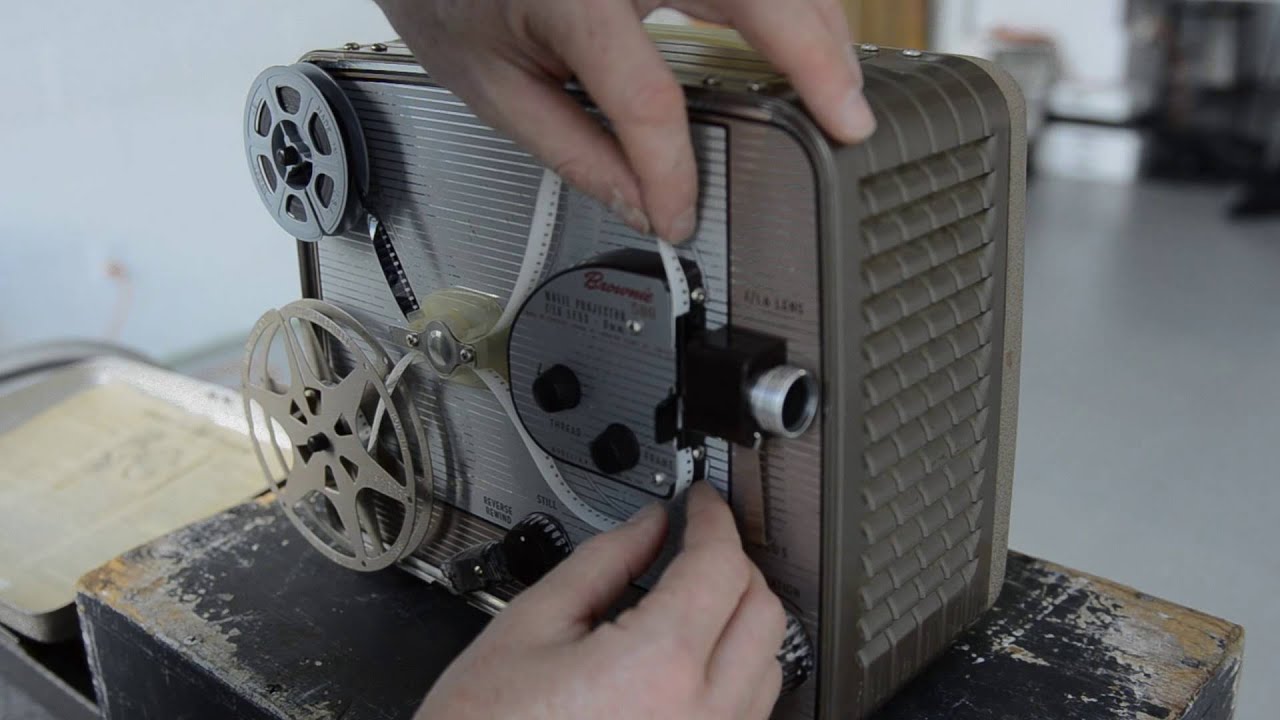

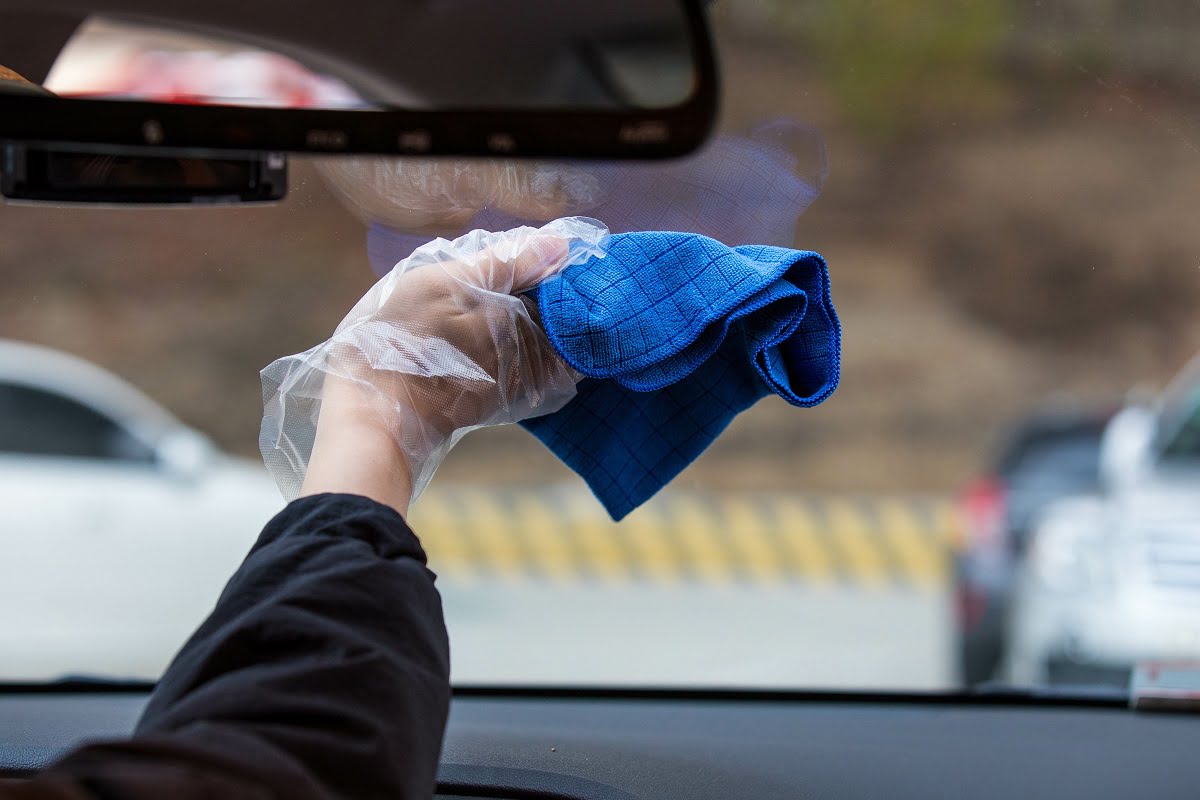

0 thoughts on “How To Store Polaroid Film”